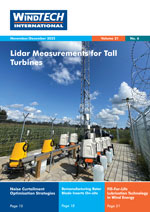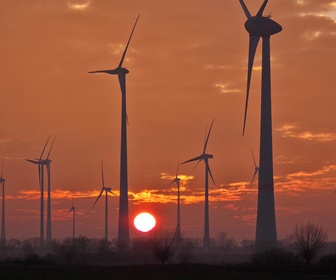 A new summary from Lawrence Berkeley National Laboratory tracks and maps existing hybrid and co-located plants across the United States while also synthesizing data from generation interconnection queues to illustrate developer interest in the next wave of plants.
A new summary from Lawrence Berkeley National Laboratory tracks and maps existing hybrid and co-located plants across the United States while also synthesizing data from generation interconnection queues to illustrate developer interest in the next wave of plants.The scope of the new data summary is inclusive of co-located hybrid plants that pair two or more generators and/or that pair generation with storage at a single point of interconnection, and also full hybrids that feature co-location and co-control. ‘Virtual’ hybrids that do not include co-location are excluded. The focus is on larger, 1 MW+ systems: smaller (often behind-the-meter) projects are also increasingly common, but are not included in the data synthesis.
Based in part on EIA Form 860 data, there were at least 125 co-located hybrid plants (>1 MW) already operating across the United States at the end of 2019, totaling over 14 GW of aggregate capacity.
Some of the most common configurations include wind+storage (13 projects, 1,290 MW wind, 184 MW storage), PV+storage (40 projects, 882 MW PV, 169 MW storage), and fossil+storage (10 projects, 2,414 MW fossil, 91 MW storage). But many other configurations exist, for example, fossil+PV, fossil+wind, wind+PV, hydro+storage, geothermal+PV, CSP+storage, and more. Wind hybrids have been most common in ERCOT and PJM, with PV hybrids sprouting first in the non-ISO West, ERCOT, and Southeast.










